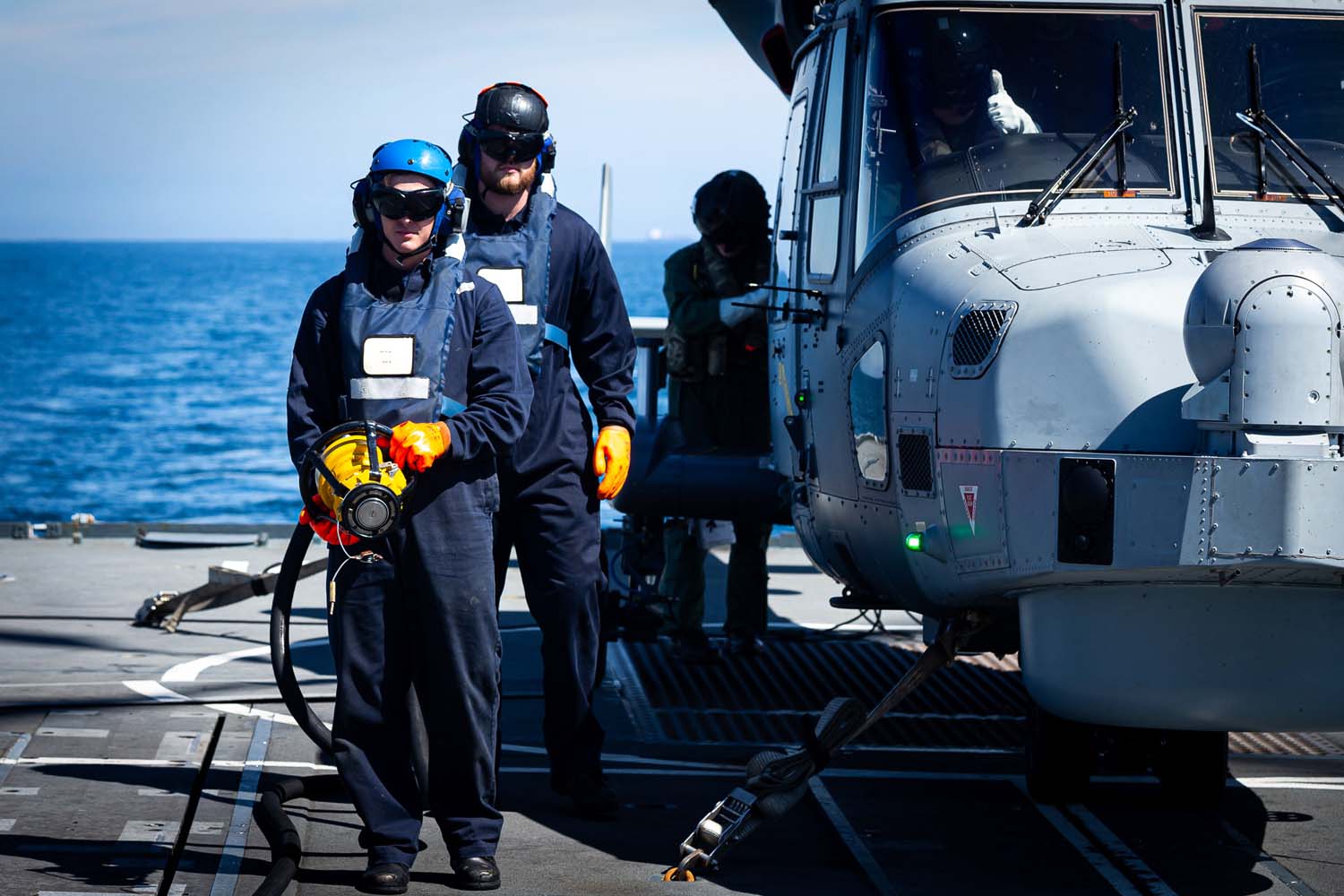 |
| Photo Royal Navy / Crown copyright |
Merlin fliers are helping their Wildcat counterparts get their sea legs by helping to train them aboard HMS Westminster.
Fresh from submarine hunting in the Denmark Strait on a NATO exercise, the Portsmouth-based warship is helping train the naval aviators of tomorrow from 825 Naval Air Squadron.
825 feeds the front-line Wildcat squadron 815, also based at RNAS Yeovilton in Somerset, with fully-trained air and ground crew so they can deploy on operations around the world, typically with Royal Navy destroyers or frigates such as Westminster.
The extensive training for the fliers includes key sea time – such as deck landings by day and night, winching personnel or loads from the flight deck, and refuelling without landing.
Which is where the ‘capital ship’ came in.
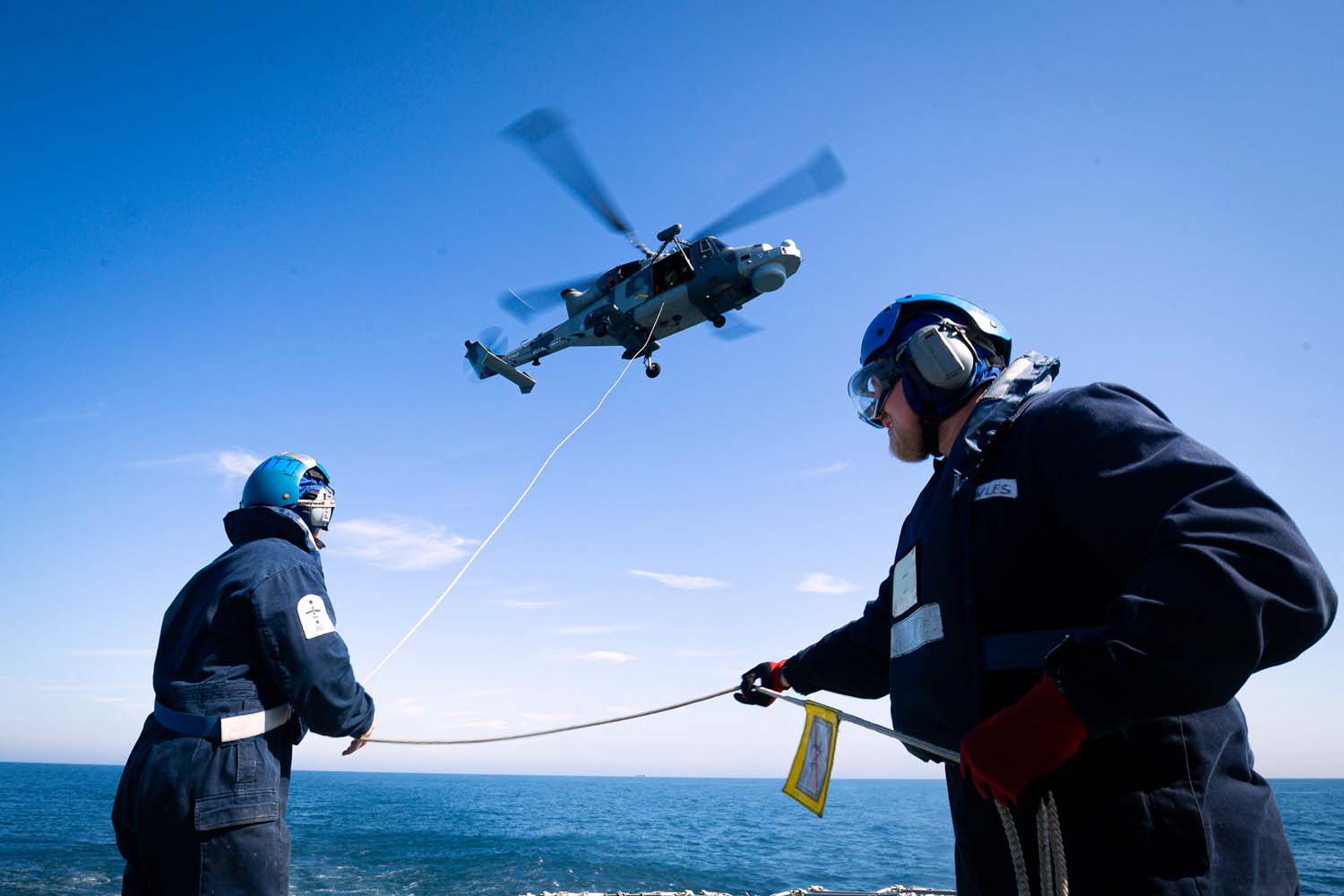 |
| Photo Royal Navy / Crown copyright |
As one of the RN’s eight dedicated anti-submarine frigates, she typically carries a Merlin Mk2 helicopter specifically designed for hunting underwater threats, provided by 814 Naval Air Squadron’s Tungsten Flight.
And as one of the RN’s high-readiness units, Westminster is on short notice to respond to events in home waters – and due to the pandemic, she’s operated a ‘closed gangway’ since the beginning of May to ensure all 200 souls aboard remain healthy.
That’s ruled her sailors out from going ashore in the UK.
“Normally we’d look to disembark and let the Wildcat use the deck with their own team, but we can’t stay ready for tasking and leave the ship due to the Covid-19 situation,” explained Flight Commander Lieutenant Commander Chris Luke.
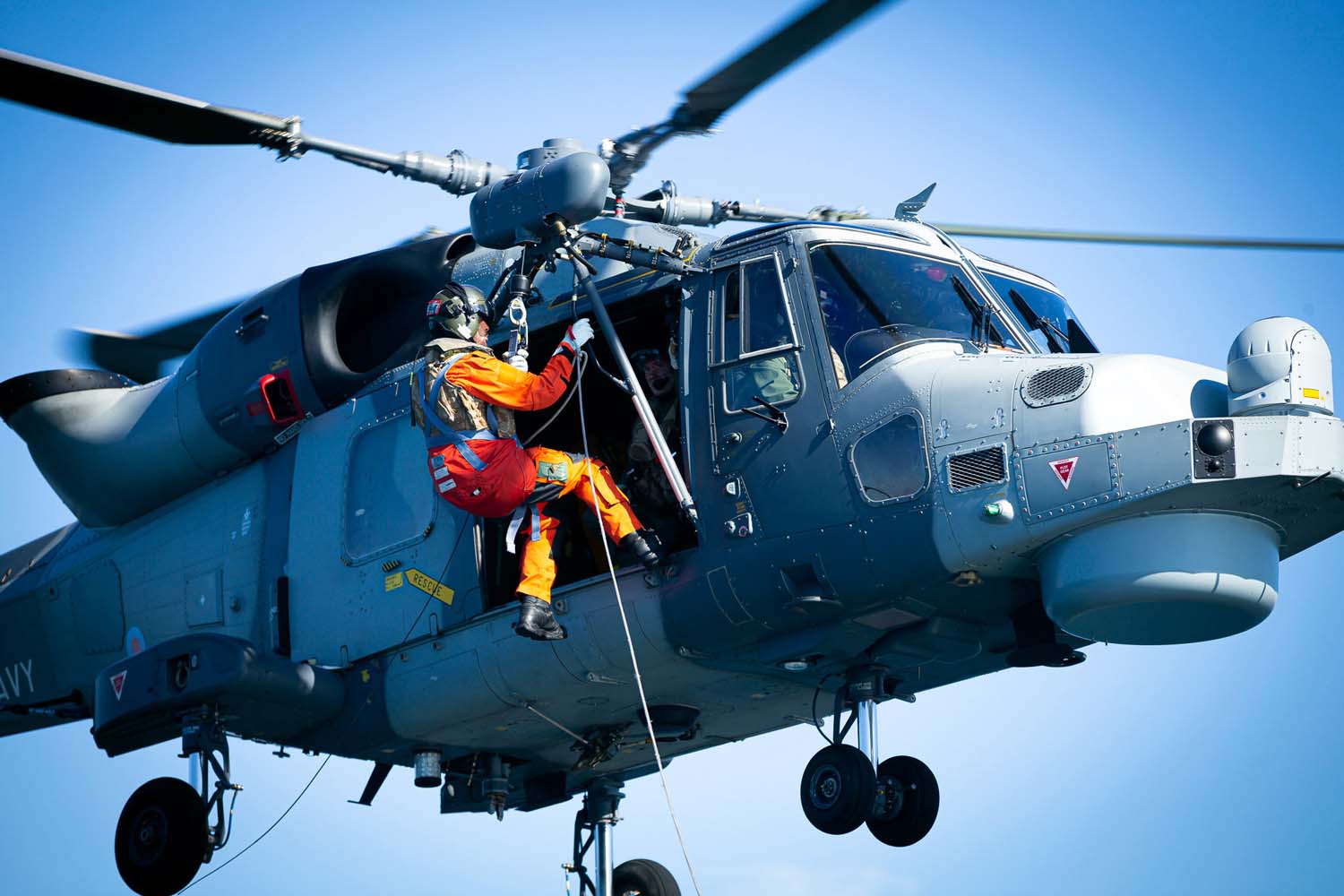 |
| Photo Royal Navy / Crown copyright |
So instead of making way for dedicated Wildcat engineers from 825 NAS, the Merlin mechanics and technicians have remained aboard to help maintain the nimble helicopter.
Both come out of the same factory in Yeovil, both have fully digitised cockpits, but engines, sensors and weapons (like the new Martlet missiles due to be introduced on the Wildcat) are different… although many of the workings behind them are common or similar.
“A lot of things are the same, but there are little differences that we’ve had to learn at very short notice,” said Air Engineer Technician Karl Lowles. “It’s not something most flights get the chance to do.”
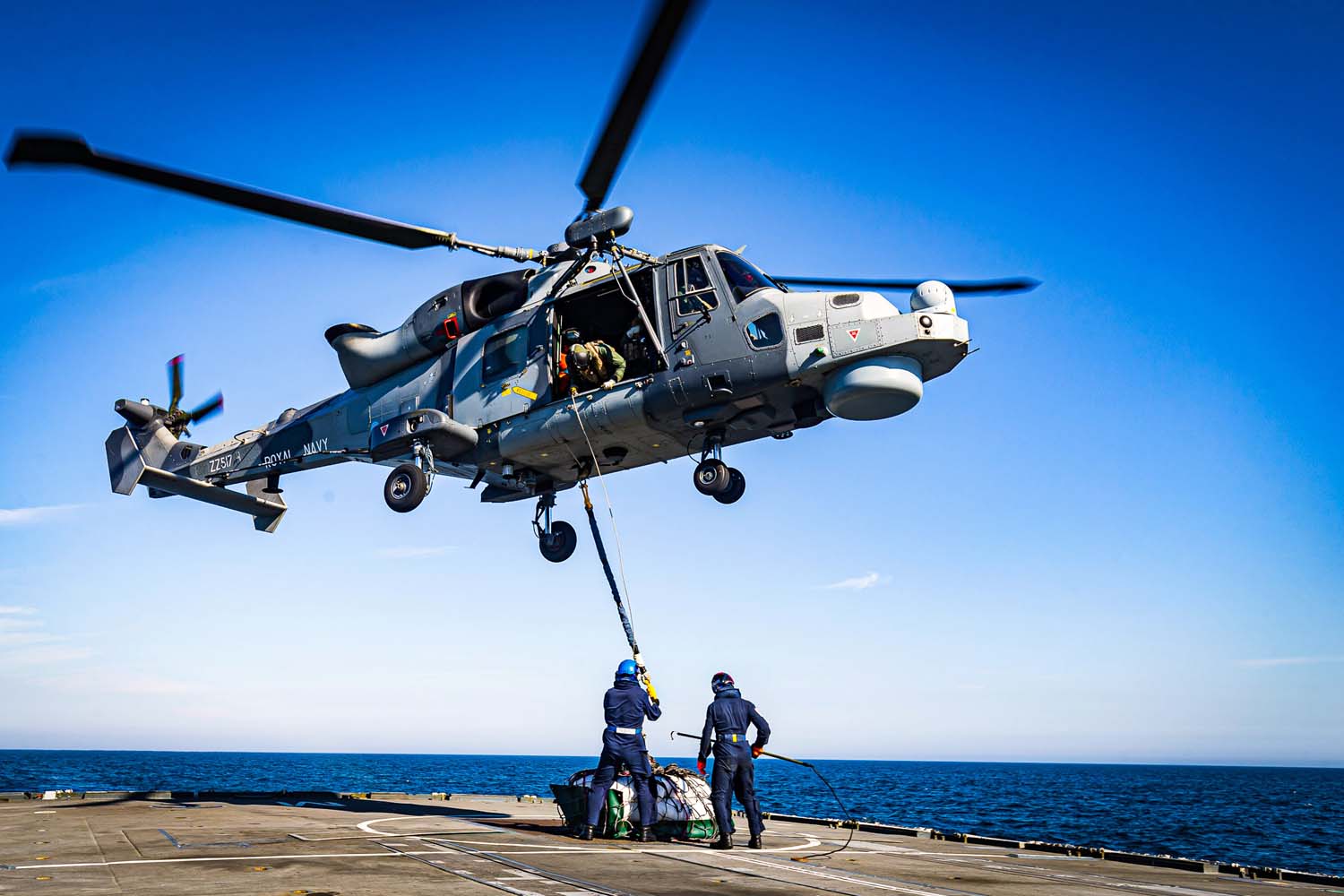 |
| Photo Royal Navy / Crown copyright |
-
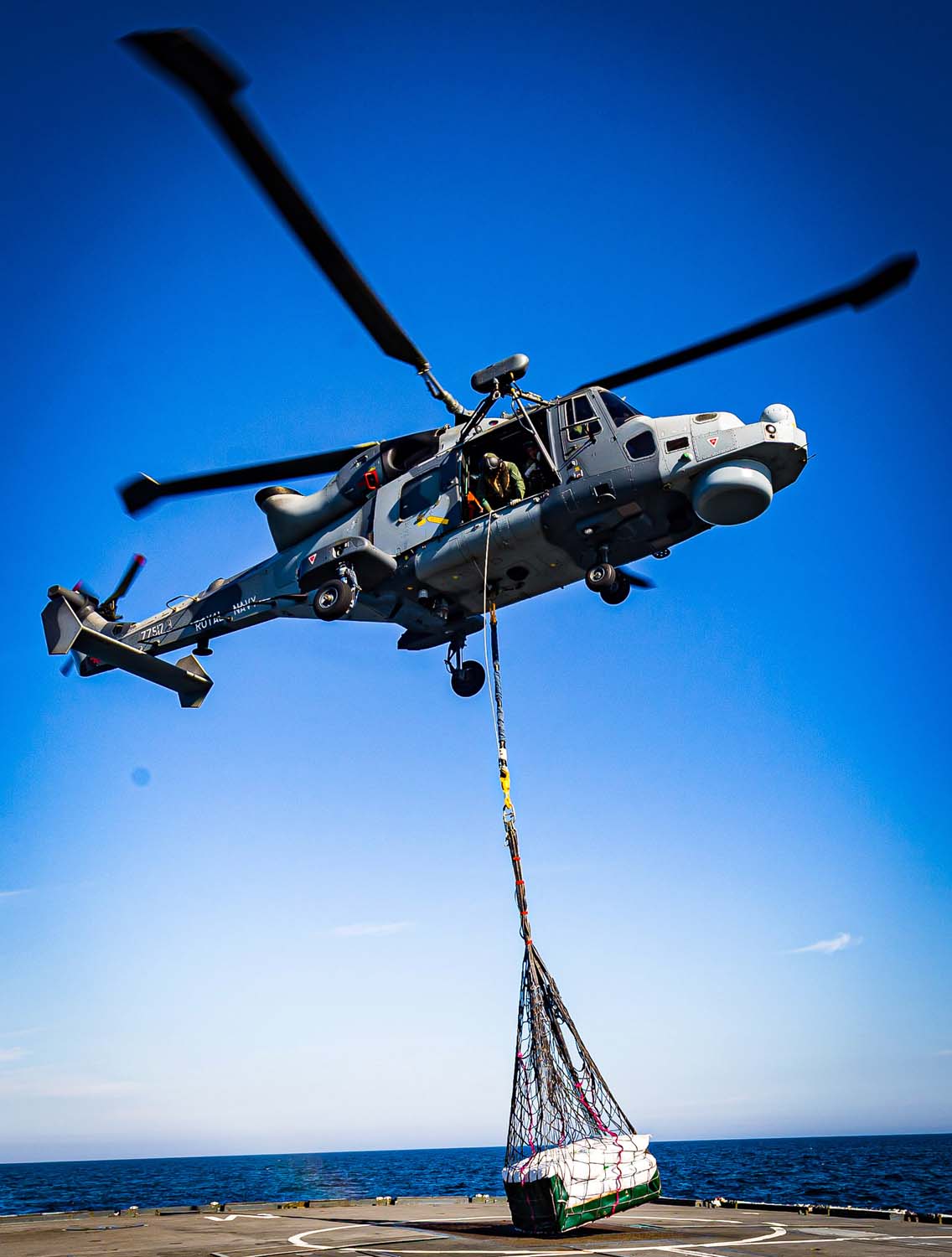 |
| Photo Royal Navy / Crown copyright |
Recommended for you...

